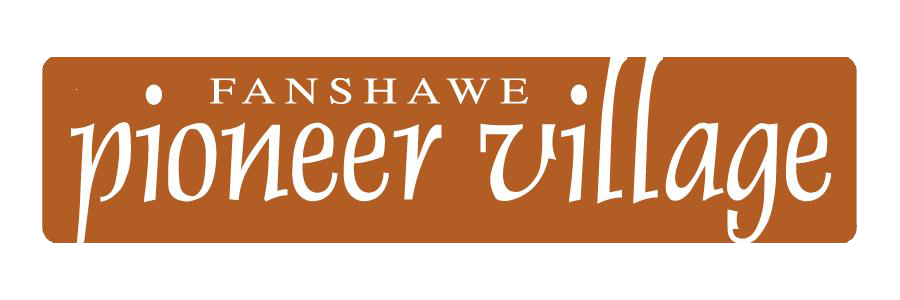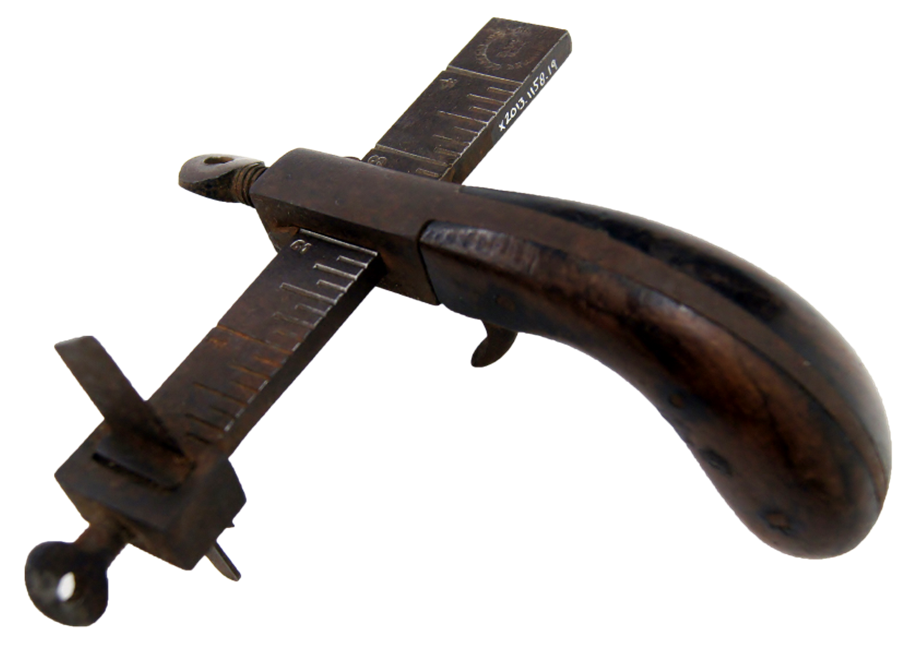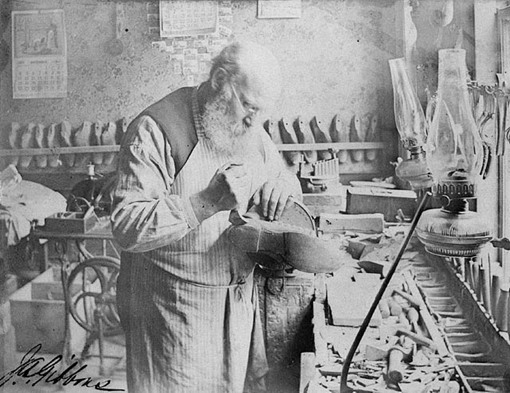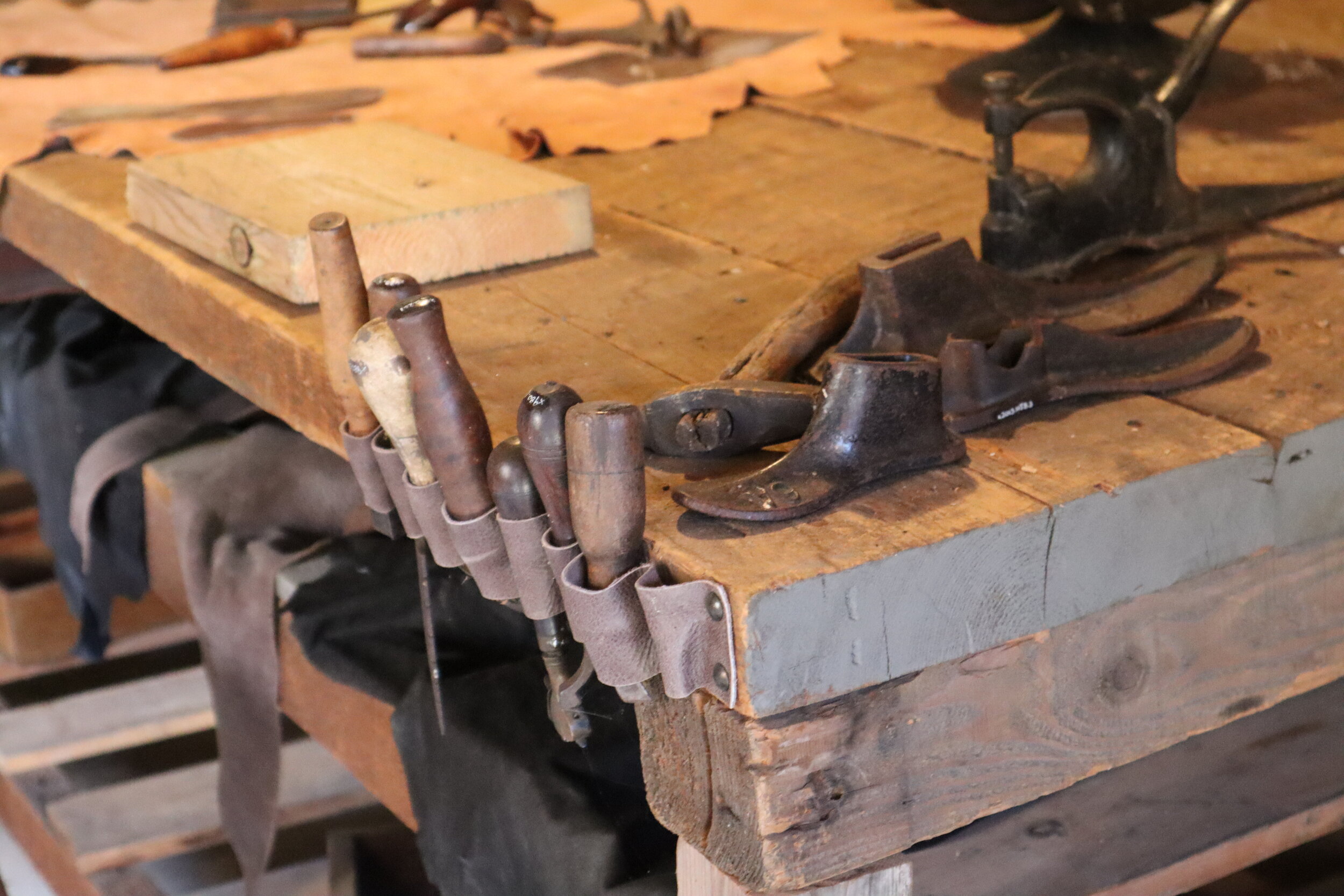Harness Shop
Replica Building
Built 2017
Representative of a Turn of the Century Harness Shop
The harness and saddler trades were essential to the early pioneers, who were expected to fulfill their settlement duties by clearing land for farming and roadways. Harnesses for oxen and horses were especially important, as they allowed for the efficient use of an animal’s strength to push and pull heavy loads such as ploughing and pulling tree stumps. A skilled tradesman could fashion harness and saddles that were both practical and comfortable, ensuring the welfare of these valuable working animals.
Similar to other trades, harness makers learned their skills by working as an apprentice for several years. Their training often began with oiling harness, or preparing thread by applying beeswax to hemp or flax fibres. Using patterns or customized measurements and specialized tools, they would learn to cut, slit, punch, and stitch the leather into the required item. Over time, the apprentice developed a “good hand” - an intuitive appreciation and understanding of the different types of leather and their potential uses.
In the 1890s, William Rigney (1874-1961) apprenticed as a harness maker in St. Marys, Ontario. He moved to Alberta in 1900, and after seven unsuccessful years of farming, he returned to London and opened a harness shop at 400 Ridout Street. With the advent of the automobile and mechanized farming Rigney diversified his business to include repairing shoes and producing other leather goods. Fanshawe Pioneer Village is proud to honour the legacy of William Rigney with this harness shop display.
Tools of the Trade
The saddler’s round knife, has changed little in design since being utilized by Egyptian shoemakers in c. 500 BC. It is used for the general cutting of leather, especially for cutting strips of leather that are too wide to be cut by the plough gauge.
A pricking wheel is used to mark and partially penetrate the leather before sewing. The awl, is used for making holes in the leather to prepare it for stitching.
Made from two curved wooden jaws, the harness clamp or vise was used to grip the leather and hold it firmly in place, leaving the harness maker with both hands free to work. The clamp could be set into a bench with an adjustable foot strap, or be placed with the butt end on the floor with the opening jaws between the knees of the user.
Cobbling
The shoe and boot making trade is one of the oldest vocations in Canada. The first census of 1666 recorded 20 shoemakers serving a population of little more than 3,200 people. In the early 19th century, many shoemakers in rural areas worked out of their home or an adjacent shop. Some would travel door-to-door, taking measurements and hand-crafting shoes or boots for their customers. Shoemakers that worked in larger urban centres were likely one of several employees, each performing a specialized task in the production cycle.
A cobbler is a tradesperson that mends or repairs shoes and boots. Shoemakers often took exception to being called a cobbler, as it was thought to be a less skilled occupation.
The advent of mechanized equipment in the mid-19th century meant that shoes and boots could be mass-produced in large factories. Many smaller shoemaking businesses were forced to close because they could not compete with this revolutionized industry. As a result, harness shops that serviced rural areas, such as the W. Rigney Harness Shop, would have provided cobbling and leather repair services as a convenience to their customers.
Tools of the Trade
Cobblers and harness makers would have used many of the same leather-working tools. A shoemaker’s or cobbler’s hammer, was used to hammer small nails or rivets into the sole of a shoe or boot.
Lasting pliers, were used to grip and stretch the leather over a shoe last.
The punch, was used to make a hole in the leather, usually for laces.
Made from iron, a cobbler’s foot or last, was used to hold a shoe or boot in place while being repaired. It was placed on an iron stand that was mounted on a work bench or floor stand. The “foot” was often made in a range of sizes to fit the shoe or boot under repair.
Building restoration supported by the Canada 150 Community Infrastructure Program and the Elizabeth S. Moore Fund, a fund within the London Community Foundation.





















